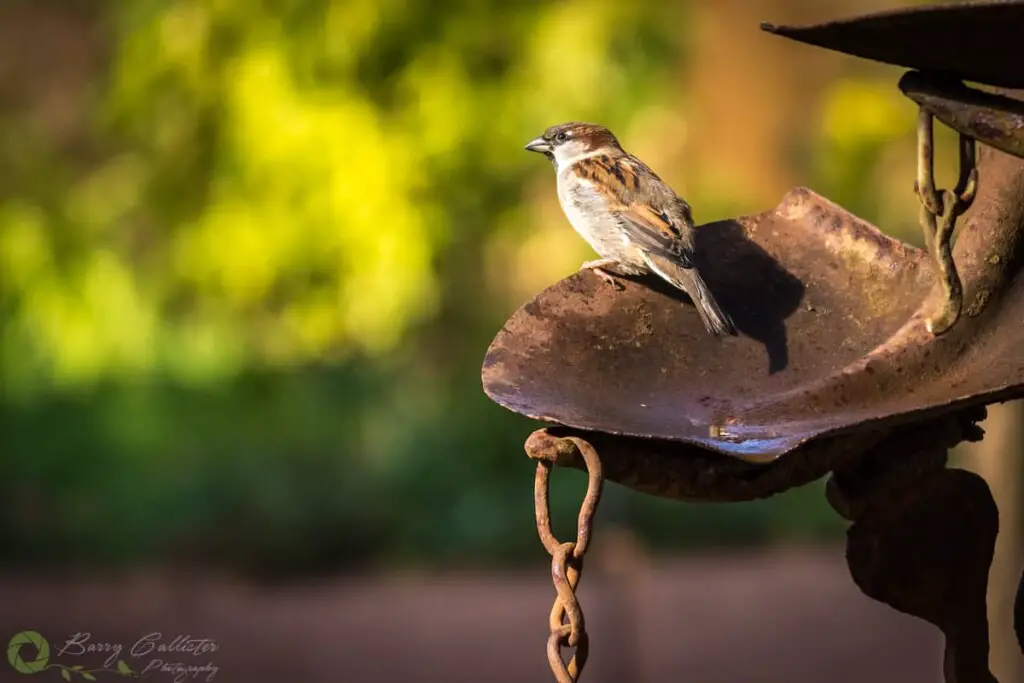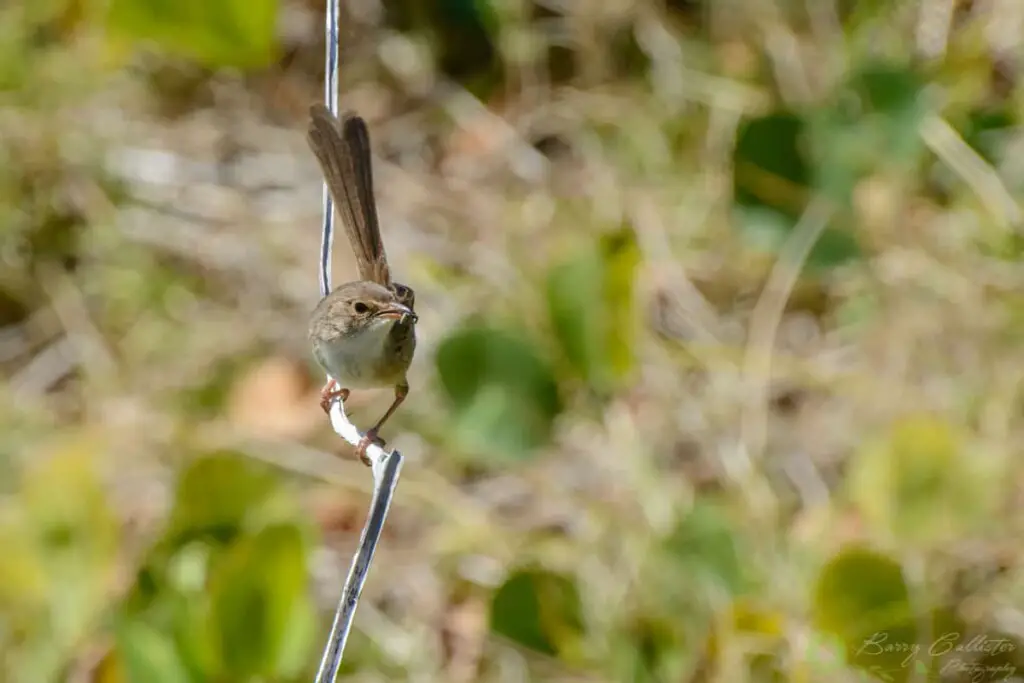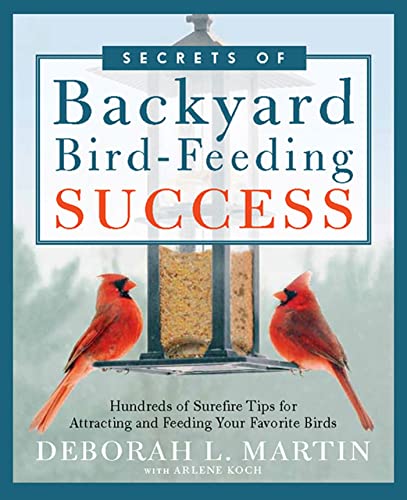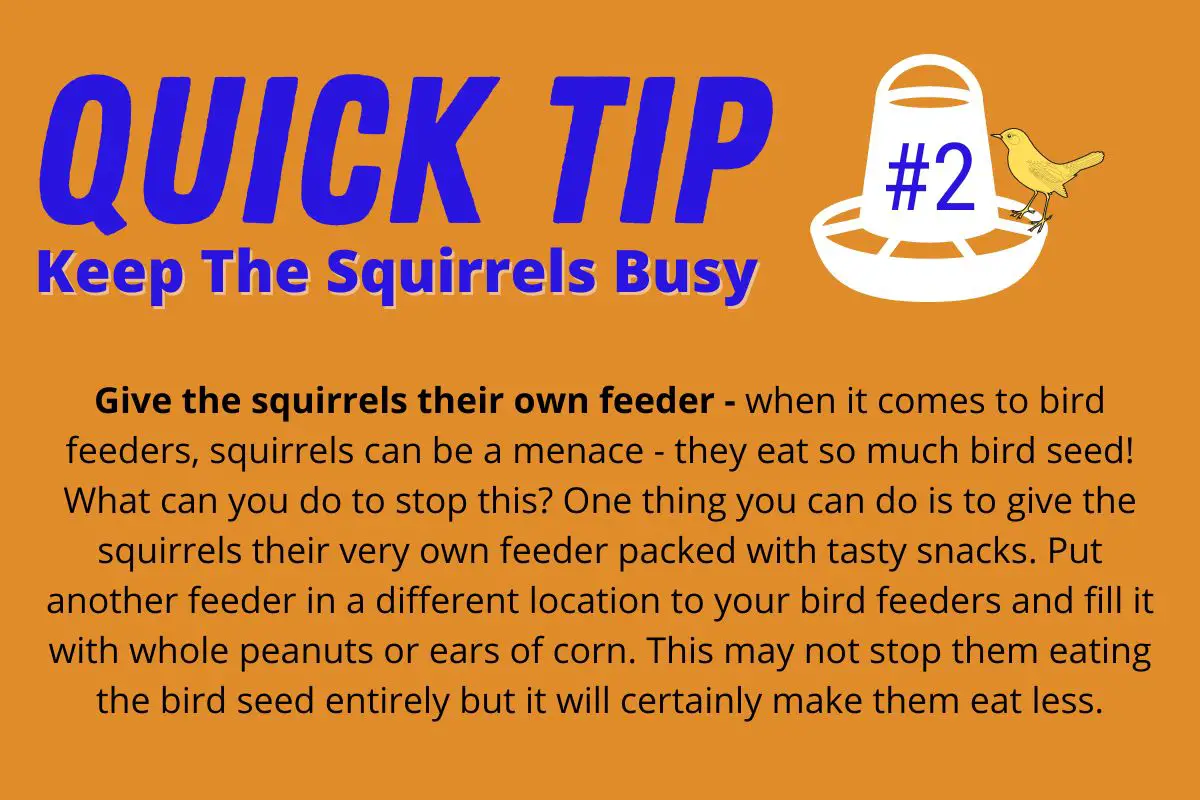Maybe you are looking into buying a feeder, or perhaps you have already bought one, you’ve set it up and now you want to know when the birds will show up. I have done extensive research on the times of day when birds are most active and I’m going to share that with you in this article. After reading this you will know when birds are most active at feeders and be able to enjoy your local birdlife.
As a general rule birds will be most active at feeders in the early morning, just after sunrise. After a night of rest, they will be looking for food to fuel them for the day ahead. They will be active again during the late afternoon to early evening, filling their stomachs before nightfall.
Depending on the species, some birds may visit your feeder at other times during the day. Birds do feed multiple times per day, so you may find the odd few coming during the more daylight hours. Continue reading to discover more about when birds might visit your feeder and also why they may not be visiting it at all.

Disclaimer – here at Birdwatch World I do not support the feeding of wild birds. Feeding wild birds can lead to malnutrition, negative behavioral changes, imbalances in species populations, and other unfavorable occurrences. I do however respect your decision to feed them if you decide to do so.
What Time Of Day Are Birds Least Active?
As a general rule, birds are the least active during the middle of the day. They feed in the early morning and then perch in a tree or bush safe from predators and the hot midday sun. Actively seeking food in the morning uses up energy so birds will rest and recharge during the middle of the day.
Having said this, there may be birds that will visit your feeder throughout the middle of the day. Smaller passerine birds (songbirds) such as Sparrows will eat from time to time throughout the day. This was discovered during a study of the passage of food through the digestive tracts of birds at the Baldwin Bird Research Laboratory in Gates Mills, Ohio.

Various species of Sparrows were captured and their stomachs were opened to see how much food they contained. Less than 10 of the 200 birds in the study were found to have empty crops (enlarged areas of the esophagus where food is stored) and stomachs. This proved that the birds were “grazing” throughout the day.
It is possible that you will see the odd passerine bird at your feeder at various times throughout the day.
Some larger birds will also seize the opportunity to feed during daylight hours. We used to get King Parrots, Crimson Rosellas, and Common Bronzewing Pigeons at our feeder in Gembrook, Victoria, Australia at any time during the day. The King Parrots would perch on the guttering and peer down at you as if to say “hey, where’s the seed? The feeder is empty!”
As an Amazon Associate, I earn from qualifying purchases. Birdwatch World earns commissions from Amazon and similar affiliate programs from any purchases made via links in this article.
A lot of the tips in this article come from the book Secrets Of Backyard Bird-feeding Success. This is a fabulous book for anyone thinking about setting up bird feeders. It is aimed at a North American audience but does contain many general tips that any avid bird watcher will find helpful. Check the latest price of the book on Amazon, Walmart, and eBay.
Why Do Birds Stop Coming To The Bird Feeder?
Birds will stop coming to your feeder if they have a reliable food source elsewhere. If insects or seeds they eat naturally are abundant, they will eat that instead. They may also have found another feeder close by that they prefer. The presence of a predator such as a cat will also keep them away.
Birds may stop visiting your feeder for so many other reasons:
- they may have migrated elsewhere
- you may have put something new in the area of the feeder that they are wary of
- perhaps you have changed something about the feeder that they are unsure of
- if you have changed the brand or type of seeds you are feeding them
- other larger birds may have bullied them out of a feed
- they are nesting and their nest is not closeby to the feeder
Birds are very easily frightened by many things. They quickly learn where it is safe to eat and where it isn’t so if they consider your feeder an unsafe environment, they will not eat from it.

Bread is one thing you should NEVER feed wild birds. Learn why in this article.
What Can You Do About This?
There are things you can do to make sure this doesn’t happen. Firstly, try to put seeds out at the same time every day. It may help if you put the seed out before dawn so they do not see you doing it. Secondly, try your best to keep predators away from the feeder. If you have a cat, be sure that it cannot get to the feeder by hanging it high up and out of reach.
If you clean the feeder regularly (and you should do so every two weeks) make sure you take it down, clean it, and put it back up right away. If you leave it down for too long the birds will quickly find another food source.
Putting a source of water nearby the feeder is another great way of ensuring the birds always visit. If you install a fountain that can be an added bonus as birds love the sound of running water – it’s like a magnet to them?! As an added bonus, moving water reduces algae growth and prevents mosquito problems.
How Many Times A Day Do Birds Eat?
How many times a day a bird eats depends on the species, the size of the bird, the time of year, the caloric value of the food, if they are breeding or feeding young, their activity levels, and other factors. Smaller birds eat more often than larger birds as they use up what they eat more quickly.
Trying to figure out how many times a day a bird eats is like asking “how long is a piece of string?” There are around 10 thousand species of bird in the world and they differ from each other in so many ways. If we are looking at it from the perspective of how often you should put food in your feeder, then this is a bit easier to answer.
How often you restock the feeder will depend on the season. Birds’ natural food supplies become depleted during the Winter so they will rely on your feeder much more. During the Spring and Summer, you may find the birds are mostly absent as they have an abundance of natural food sources such as insects to feed on.

Keeping the feeder stocked up during Winter and even Autumn is a great idea but you may find that during Spring and Summer you may only need to refill it once per week or less. You simply need to keep an eye on how fast the seed is depleting. Always make sure you clean the feeder regularly if there are a lot of empty husks or bird poop.
Naturally, how often you fill your bird feeder and how much you fill it with is going to depend on your budget. Don’t send yourself broke trying to feed the birds?!
Learn about the digestive systems of birds in this article here on my blog.
Do Birds Feed At Night?
Most birds do not feed at night. They are diurnal, meaning they are active during the day and sleep at night. Diurnal birds will feed on insects, seeds, nectar, and fruit during daylight hours. Nocturnal birds such as Owls will hunt and eat during the night and rest during the day.
If you are noticing food disappearing from your feeder at night, it’s not likely to be birds that are eating it. The most likely culprits, depending on where you live will be possums, mice, rats, raccoons, squirrels, deer, or even bears. If you find that the night callers are stealing too much seed, you will have to take down your feeders at night and put them back up in the morning.
Why Does My Bird Feeder Not Attract Birds?
A bird feeder may not attract birds if placed in an open area with no protection from predators. A feeder in a heavy traffic area where birds are repeatedly disturbed may also not attract many birds. One placed too low to the ground may also make birds feel threatened.
It is entirely possible that you may have fussy birds as well. If you find that you aren’t getting a lot of birds coming to your feeder, try changing the seed you are using. Think of your feeder as a bird buffet and try to serve up a variety of different foods other than just seeds, such as fruits and crushed eggshells (for calcium as the breeding season approaches).
Something else that may turn birds off is if your feeder is old or has stale seed. Take note of how long the seed has been in the feeder and if it’s been there too long, change it up.
Birds need to be on alert all the time. Many predators are just waiting for the chance to feed on them. If birds are not coming to your feeder, stand back and take a look at where you have it situated. Is it within 15 feet of some bushes or some form of cover for the birds? If not, move it. If they don’t have somewhere they can flee to for shelter if a predator shows up, birds will avoid eating in that spot.
Discover some bird bath ideas to attract more birds to your garden in this post on my blog.
Summary
By following the tips in this post you will hopefully have a bird feeder that attracts many wonderful birds. Just remember these important things:
- birds will be most active at feeders early in the morning or late afternoon and early evening
- birds are least active during the middle of the day
- birds are easily frightened by many things so make sure your feeder is in a safe place for them
- clean your bird feeder regularly
- put a water source out for the birds near the feeder
- change the seed regularly and look out for stale or moldy seed
- just enjoy watching the birds
References
- Audubon Guide To Bird Feeding – Stephen W. Kress, PhD
- Secrets Of Backyard Bird-feeding Success – Deborah L. Martin





